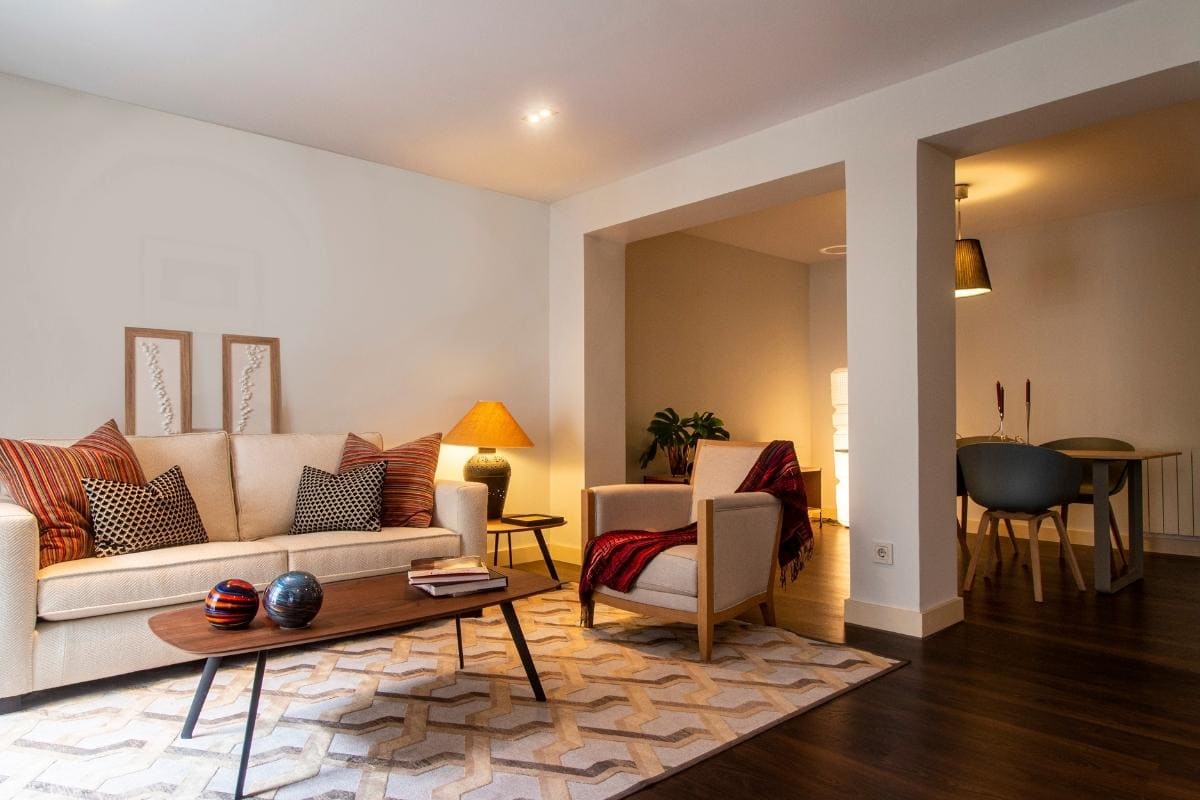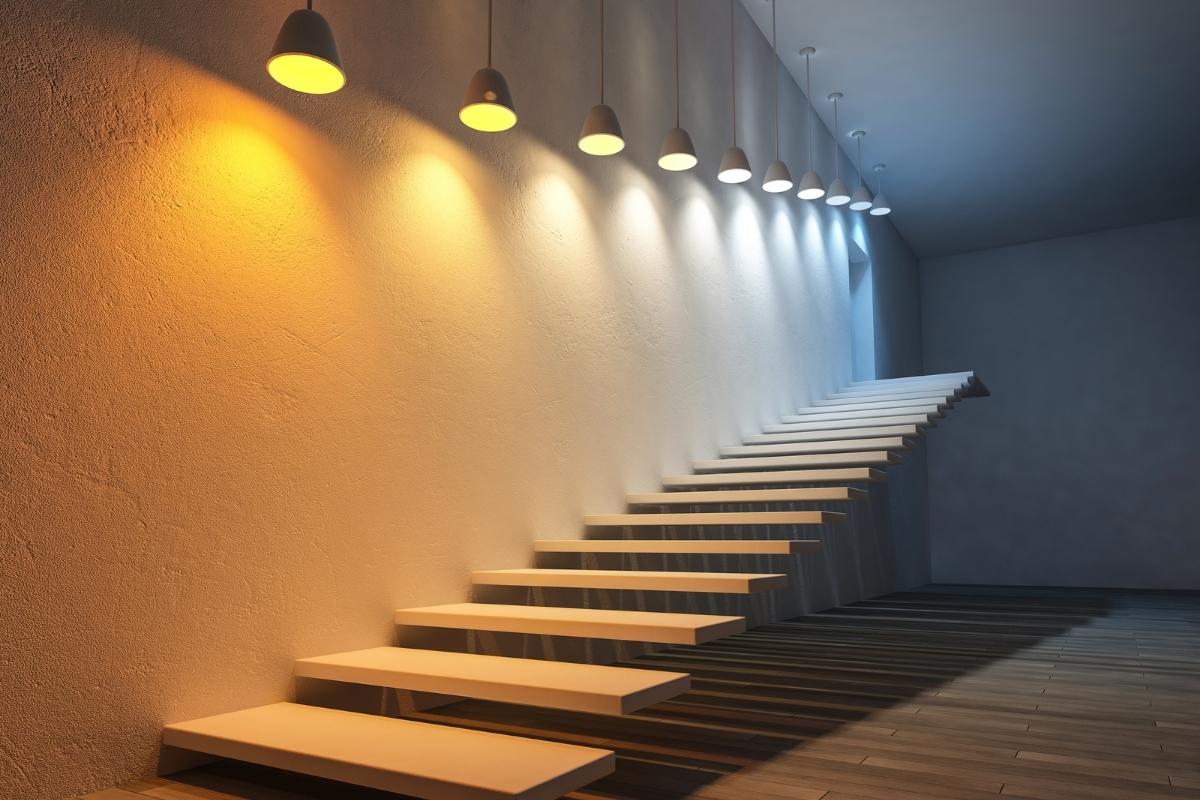Light is possibly the most overlooked element in a room yet, after architecture, it probably has the greatest impact on a space. Great lighting alters our perception of light and space, creating mood, enhancing features, creating eye-catching focal points, and enabling us to do tasks. It’s not that difficult to work out stunning lighting designs once you get to grips with a few principles.
The starting point is to recognize that you are never going to be able to light your room as efficiently as the sun, so you need to think about artificial light differently.
It’s not about illuminating everything perfectly. It’s about using light to create mood and to ensure that mood matches the function of the room and the things that you want to do in it.
Light Layering
The first principle is light layering. Interior designers think about lighting in three layers – general lighting, accent lighting, and task lighting.
General or Ambient Lighting
Interestingly, it’s still a legal requirement for newly built homes to have that one central light source in the center of the ceiling, and most homes still have it in rooms where lighting has not been given much attention. Rooms have been lit like this since the invention of the light bulb, and when it comes to creating mood, you need only think of 1930s films with the bare light bulb dangling in the middle of the room emitting a pale light to conjure up a feeling of loneliness, desolation and even something a bit more sinister. Such is the power of lighting!
The reason a single bulb creates this mood is that the single source of light creates a glare that then casts shadows at the edges of the room. And shadows mean the danger of lurking prey to our subconscious minds, which are not as far removed from our primeval state as we might think.
Putting in a brighter light bulb may not solve the issue as, depending on the size of the room, it’ll increase the contrast between the central glare and the shadowy areas, which only increases feelings of uneasiness.
Central overhead lighting is still important as it plays the part of daylight and makes sure the whole room is visible, but it can create a dull, flat effect and so can be the source of lighting problems.
To counteract this, you can think about putting in three or four spotlights on a strip in the central location to help focus the light in key areas. It’s also possible to use downlights for general illumination and this can provide the most ‘color-true’ type of lighting, making sure your room’s color scheme works as well at night as it does in natural daylight.
Choosing the right light bulbs with the right amount of light, warmth, and clarity can help create the perfect background for the mood you want to create.
Accent Lighting
Accent lighting is added with the use of wall lights, side lights, lamps, and even candles. It is used to create mood and atmosphere and is the type of lighting that can add that ‘je ne sais quoi’ to a room. There is a myriad of different light fittings and fixtures available, and these need to be chosen in keeping with the general style of the room.
A common-sense rule is not to plan the location of your light fixtures based on accenting items of furniture as you may well want to move them in the future. You may want to light your pictures, and this can look very effective in a heritage style room – but do bear in mind what will happen if you want to change them or get rid of them.
As ever, it’s really important to make sure that you have installed the right light bulb for the effect that you are creating and that the fitting is designed to take the strength of the bulb you choose.
Accent lighting, as the name suggests, is also used to draw the eye to element in the room. This can be a feature fireplace, family heirlooms in a cabinet, a particular painting, or anything else that lends originality and personality to a room.
Task Lighting
This is the lighting that’s needed to perform certain tasks. For example, it’s likely that you will want to read in your living room, so make sure that there is sufficient light over the armchair or sofa, perhaps provided by a standard lamp with a reading light attached.
In the kitchen, it’s essential that you have sufficient light to ensure you just chop vegetables and not fingers! Directional lighting is very useful for this and LEDs can provide very focused pools of light which are ideal.
How Do You Apply the Rules
Each layer needs to be controlled individually, so it’s a good idea to plan out in advance what you want to go where so an electrician can ensure the room is wired properly.
Beyond getting the nuts and bolts right, this is where your creativity comes in, and you’ll be amazed at the difference just choosing the right light bulbs and fittings will make. When you are thinking about a room, make sure you’ve thought about each of the three layers, decided what type of lighting you are going to have for each, and then choose your fittings and light bulbs.
Light bulbs now come in a dizzying array of styles, types and colors so you are not just stuck with that bare overhead light bulb.









